A huge bubbling, burping, living thing: The rise (and rise) of sourdough starters
‘We look after not only our recipes, but our starters themselves — the forces of nature that keep us all going’
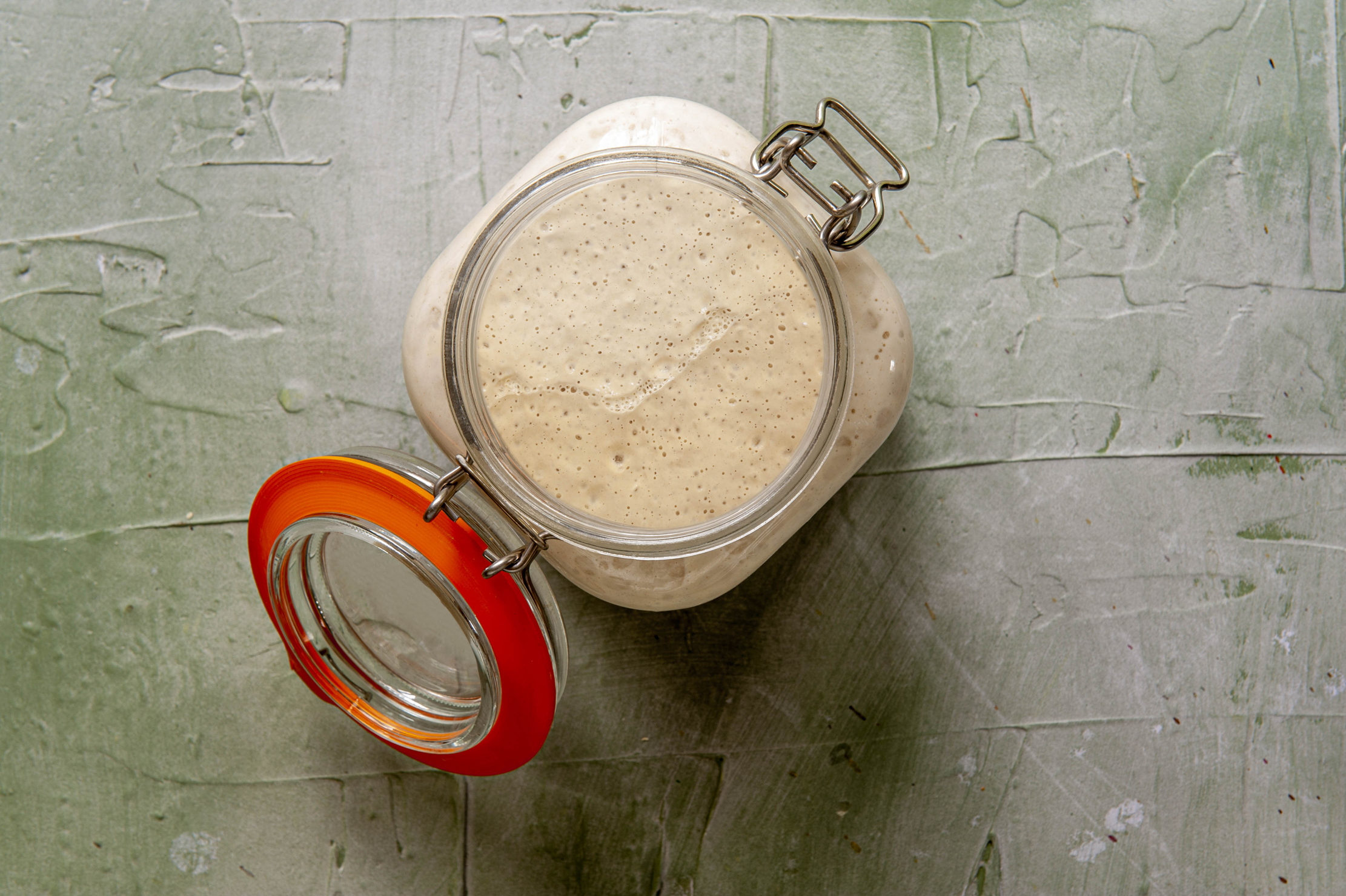
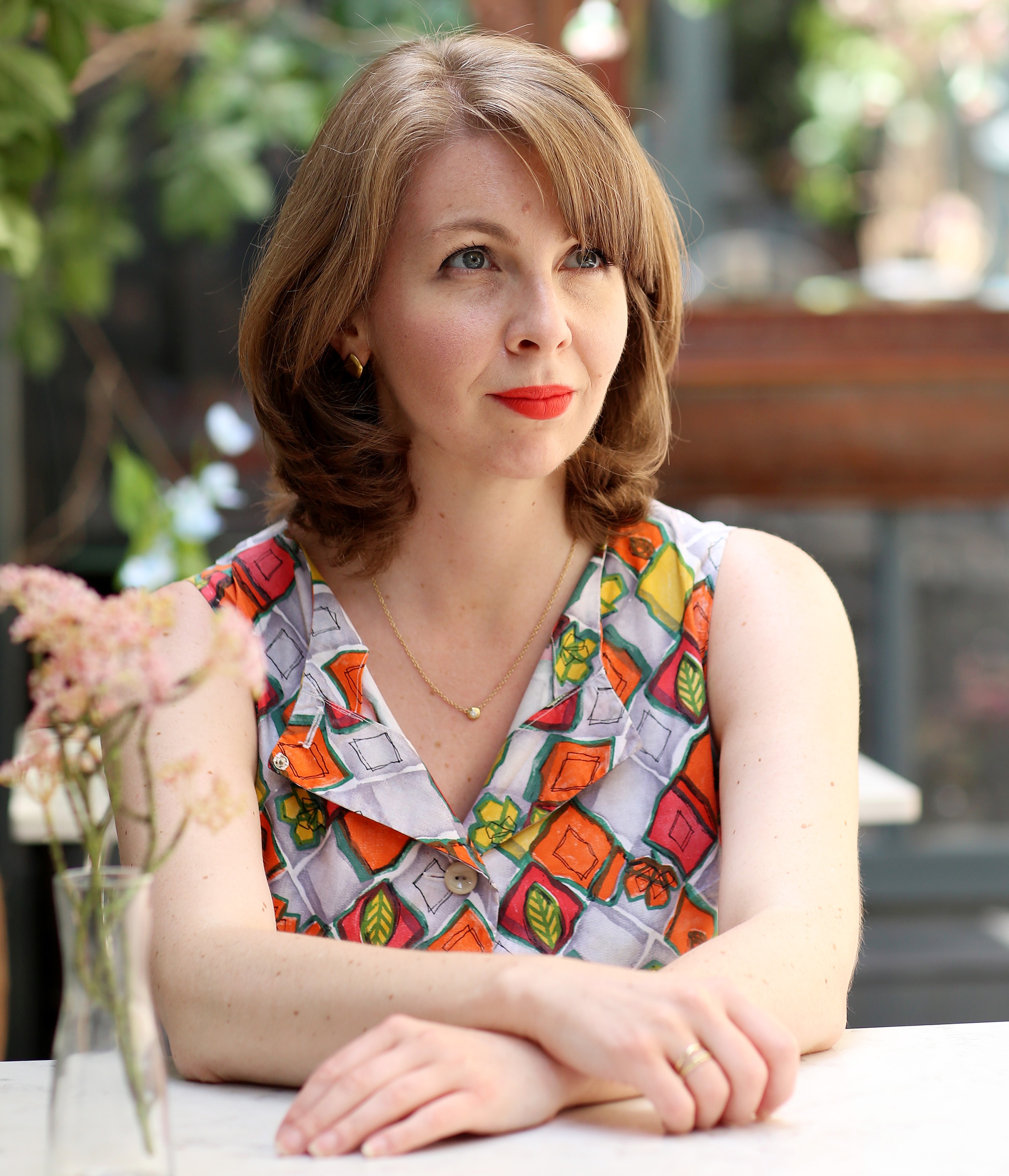
Gail's, the chain of boutique bakeries that extends across London and the South, has become an institution: its wares are sold in quantity around the country through Waitrose and Ocado. Founded in the 1990s to supply handmade artisan loaves to chefs, the business has grown enormously. However, the backbone of it, which lives on in the bakery, is still a huge bubbling, burping, living thing.
It is, of course, a sourdough starter, a primordial-looking organism that is integral to breadmaking. Every bakery worth the name has one and the style of baking it facilitates is ancient. Traces of starters have been found in Egyptian pottery dating from about 1500BC; it’s been hypothesised that someone accidentally left a portion of either flatbread dough or porridge out overnight, returned to discover it had fermented and decided to bake with it to see what would happen.
Much like fruit trees, starters can be propagated; a ‘cutting’ taken and passed on will continue to grow and thrive if appropriately cared for. This gives sourdough baking a familial feel; if someone gave you a starter during lockdown, perhaps you’re still baking loaves that are half-siblings (sharing a starter, but made with a different flour blend) of those baked by the person who brought you the gift in the first place, with some of the same flavour hallmarks.
You might be forgiven for wondering what exactly is a starter? ‘On the outside of particles of wholemeal flour, you’ll find natural yeast and bacteria,’ explains baker Dan Lepard, author of The Handmade Loaf and a leading authority on sourdough. ‘If you mix this flour and water together and leave it in a relatively warm place, stirring it every day, after four or five days the whole thing will burst into bubbling life. The enzymes released from the yeast organisms break down the starches in the flour and release carbon dioxide, which is what gives you a light and aerated loaf. This process also adds a slightly acidic flavour to your dough, the sort we associate with yoghurt and other fermented foods.’
Mr Lepard teaches sourdough masterclasses in London and as far afield as Japan, but his starter story began on a much smaller scale. ‘I was given my first starter in 1991, when I was cooking at [London restaurant] Alastair Little,’ he recalls. ‘The Independent’s American food editor brought one along in a jam jar, together with a sack of flour. She suggested I use them to try my hand at making sourdough, which I duly did.’ He was going against the grain: by the 1990s, the industrialised Chorleywood process, introduced in the 1960s to help feed a growing population, had almost entirely replaced traditional starter-based breadmaking at scale with larger quantities of yeast, fat and high-speed, mechanical kneading.
Then, Mr Lepard travelled to the west coast of America, where a sourdough renaissance was under way. Nancy Silverton’s La Brea Bakery was making rustic-looking loaves cool in Los Angeles and Boudin Bakery was trademarking its ‘The Original San Francisco Sourdough’, made with a starter dating from the Gold Rush of 1849 (the style has become synonymous with sourdough; one of Gail’s bestsellers is San Francisco Sourdough).
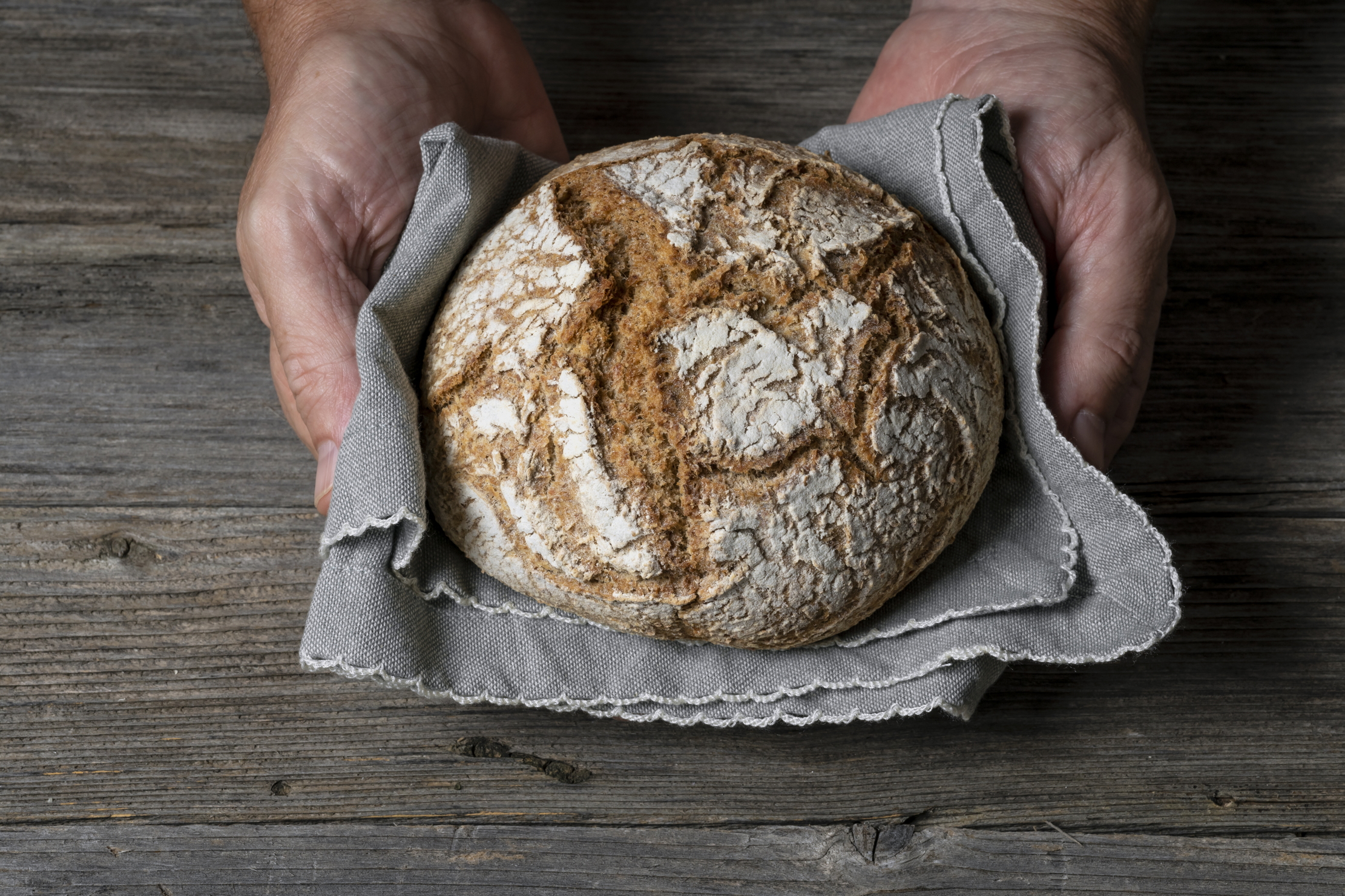
Five thousand miles from California, another starter with a distinguished history has taken on a life of its own. ‘It all started nearly 30 years ago,’ notes Bath-based Richard Bertinet. ‘Sourdough wasn’t fashionable then like it is today: I joke that to make sourdough now, people think you need a long beard, tattoos and a flat cap—but it’s really merely a way of simplifying breadmaking.’ A Breton baker, who trained in Paris and moved to England in the 1980s, he made his own starter at home using ‘flour, water and a tiny bit of honey’. Every starter has its own unique flavour and dynamics and his proved so delicious and effective that it led to him launching the Bertinet Bakery (which he sold five years ago) and his immensely popular cookery school, The Bertinet Kitchen.
Sign up for the Country Life Newsletter
Exquisite houses, the beauty of Nature, and how to get the most from your life, straight to your inbox.
Baking classes at the school use the starter that began life in Mr Bertinet’s small kitchen. ‘It’s very stiff, which makes it easy to work with, and resilient. I say to people, this is 27 years of history. They then take it home, they keep it going, they bake with it.’ So coveted is the starter that Mr Bertinet now offers it for sale online, dispatched in temperature-controlled packaging. ‘I hate waste, so we also dehydrate it and make it into a powder, which can be reactivated again with water.’
Starters are living things, requiring care and feeding. Bakers of all stripes will take out a portion of their starter and top up the container with flour and water, which becomes fuel for further fermentation. ‘It’s simply maintenance,’ Mr Lepard explains. ‘Making bread regularly has the effect of keeping your starter healthy: as with gardens, when you tend to something, Nature seems to respond to that.’ At Gail’s, the starter and its offshoots are fed with a range of different grains and natural fibre to encourage ‘bacterial diversity’ and the organism lives at room temperature to keep it bubbly and active. ‘We look after not only our recipes, but our starters themselves — the forces of nature that keep us all going,’ the company has said. As rises go, this one looks unstoppable.
Emma Hughes is a journalist and author who has worked at Country Life, the Telegraph, Wired, Eater, Time Out and ES.
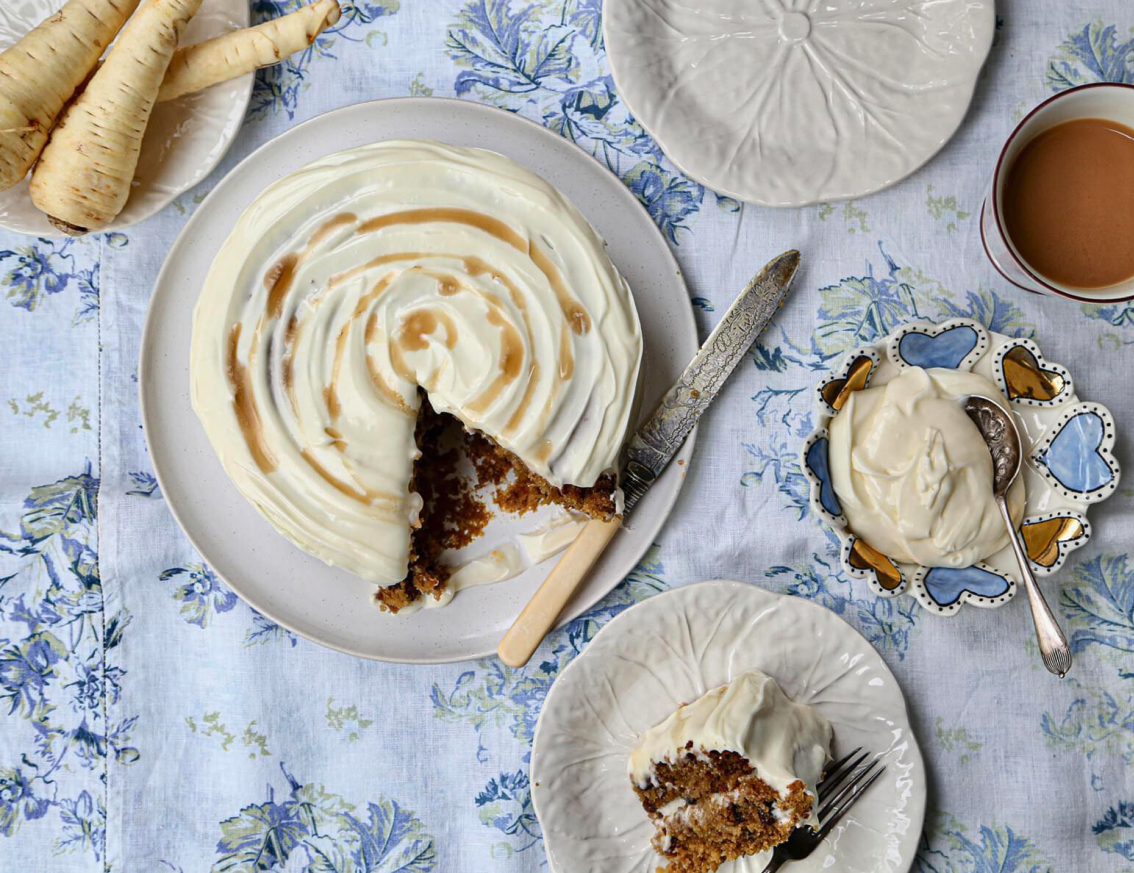
Credit: Melanie Johnson for Country Life
A cake with a surprise ingredient that's either a stroke of genius or 'grounds for divorce'
The best way ever to get one of your five a day, or a crime against baking? You decide.
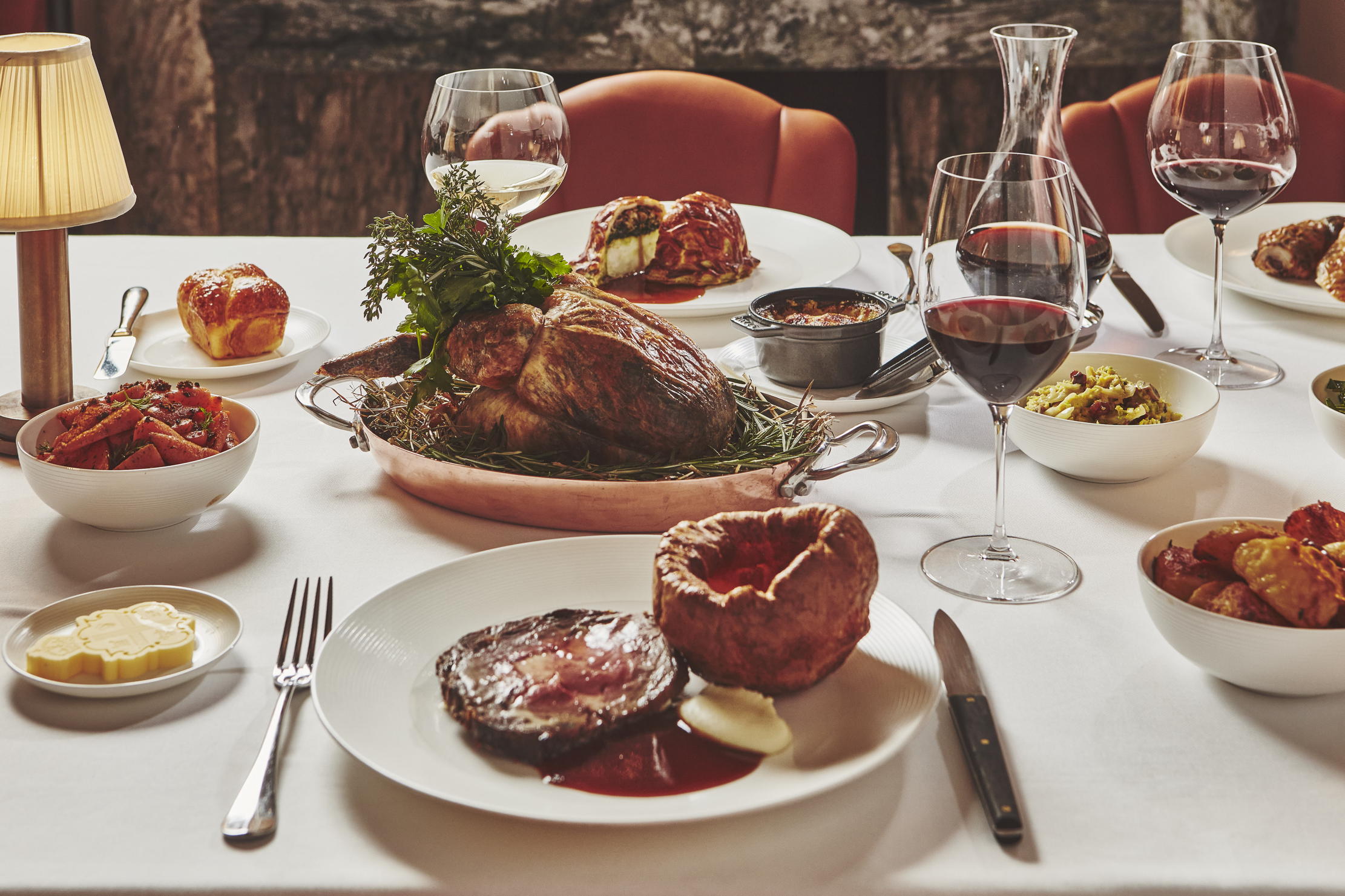
Credit: Claridge's
'After one lunch, our server took £5 out of a tip we had left and handed it back to our gobsmacked four year old. He’s still talking about it': The best places for Sunday lunch in south-west London
Jo Rodgers tracks down the finest roast lunches in London's smartest postcodes to see you through the winter.
Emma Hughes lives in London and has spent the past 15 years writing for publications including the Guardian, the Telegraph, the Evening Standard, Waitrose Food, British Vogue and Condé Nast Traveller. Currently Country Life's Acting Assistant Features Editor and its London Life restaurant columnist, if she isn't tapping away at a keyboard she's probably taking something out of the oven (or eating it).
-
 A home cinema, tasteful interiors and 65 acres of private parkland hidden in an unassuming lodge in Kent
A home cinema, tasteful interiors and 65 acres of private parkland hidden in an unassuming lodge in KentNorth Lodge near Tonbridge may seem relatively simple, but there is a lot more than what meets the eye.
By James Fisher
-
 You're having a giraffe: Country Life Quiz of the Day, April 25, 2025
You're having a giraffe: Country Life Quiz of the Day, April 25, 2025Friday's Quiz of the Day brings your opera, marathons and a Spanish landmark.
By Toby Keel